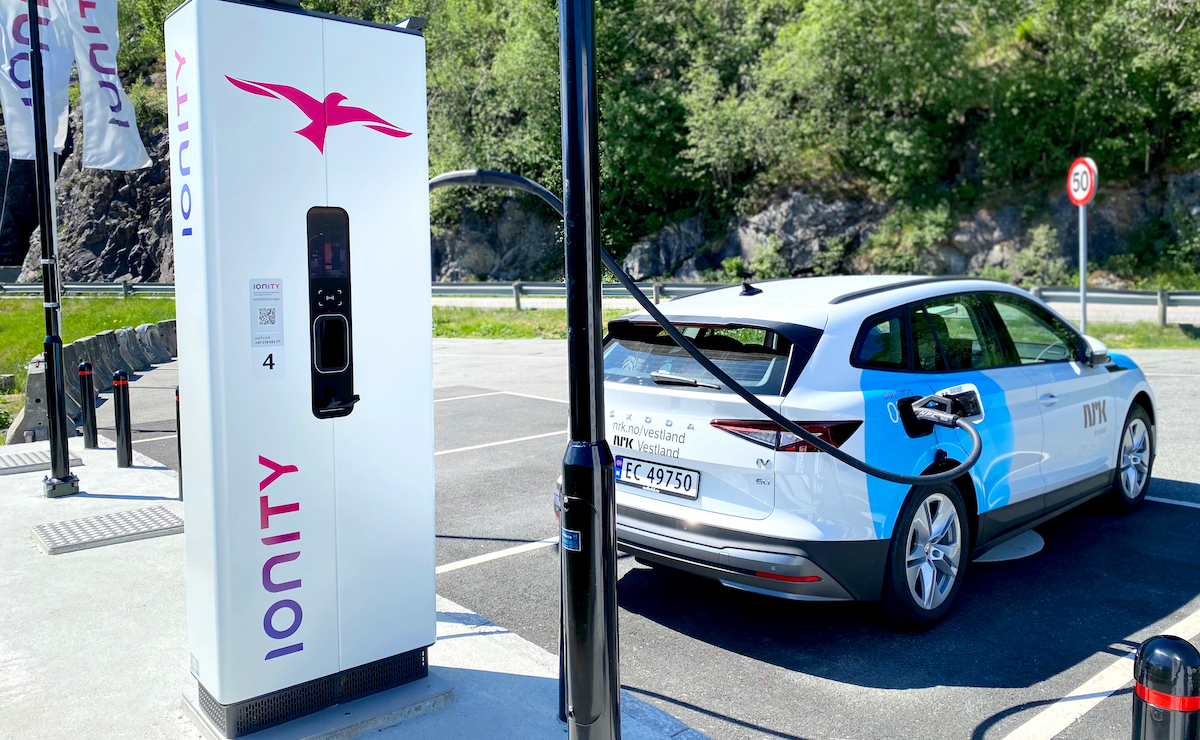Everybody is supposed to have the idea that Norway has the highest domestic market share of BEVs in the world. Since the beginning of this year, there are 9 EVs out of 10 newly registered cars (more than 3/4 are BEVs, the others are PHEVs), which means Norway is ahead of the world for more than a decade in terms of the zero-emission new cars on road. The population of Norway is 5 million, and it’s 23 million in Taiwan; Norway’s GDP is 420 billion USD, and Taiwan’s GDP is 1,600 billion USD; Norway’s HDI ( Human Development Index ) is 0.957, and Taiwan’s HDI is 0.916, and both countries are classified as “very high”. So why Norway can enter the world of zero-emission new cars so early (sales of ICE cars will be prohibited from 2025), and it’s still far away for Taiwan ?! (Please notice that the zero-emission in 2040 proposed by The National Development Council is just a “target”, not a legal-binding “regulation” to prohibit the sales of ICE cars.)

First, in the “Paris Agreement” signed by members of the UN in 2016, which proposed the target for solution to the issue of global warming (again it’s just a “target”, so not legally binding). The effects are very limited in the following years, but Norway is one of the countries that take it in to practice seriously… In the same year, Norway set the target of 40% reduction of carbon emission in 2030 vs. that of 1990, and enacted laws accordingly; Last year Norway elevated the must-be target to 50%, and the challenging target to 55%. And the action plan about car industry is very simple and clear…
- Tax incentives for BEVs. Tax-free for imported cars (since 1990), tax-free for 25% VAT (since 2001), tax-free for carbon emission tax.
- Discount for toll fee and parking fee, and the accessibility for bus lane.
- The price difference between electricity and fuel at the same mileage driven is 1:6 (The electricity rate of Norway is cheap, and the main source is hyrdoelectricity).
- Subsidies for companies to establish public charging infrastructures. The 500,000 BEVs currently on road have 17,000 charging stations to use; 3,000 of them are fast-charging station.
- Subsidies for owners to purchase and install home charging ports. Local city governments subsidize for about 20%~50%
Due to the aforementioned points, customers will be naturally lead to choose BEVs with lower sticker prices and costs of ownership. From these perspectives, we also can tell that Norway start off early to motivate carmakers and customers with various incentive programs to march forward to the era of BEV at fast pace. Now back to check about Taiwan… what kind of “carrot and stick” initiated by our government to popularize BEV ( or new energy vehicle ) these years ?
- For now, the government still don’t have the timetable of the legislation banning the sales of ICE cars.
- The price of BEVs can enjoy commodity tax-free for NT$ 1,400,000 or below, and the rest above it can enjoy 50% tax reduction. This subsidy will be refunded to brand distributors.
- Owners have the vehicle license tax-free and the fuel tax-free programs.
- The price bump of electricity is highly possibly to be normal from now on. Either slow-charging or fast-charging, off-peak or peak hour, the price of charging rate will be increased accordingly. During the peak time period of electricity usage in summer right now, there are many power blackouts happened in Taiwan, and the operation reserve of TaiPower is often lower than 10%. May I ask a question that when additional 100,000 new BEVs need charging in the coming years, where will electricity come from ?
- According to statistics from the MoTC, there are about 2,000 public charging ports in the country (not charging stations!), and most of these are slow-chargers; There must be at least 6,500 charging ports available to meet the demand of the sales growth of BEVs in 2025.
- Domestic carmakers, which account for half of the whole market, show no sign of production plan for BEVs before the end of this year.
- Imported carmakers, which accounts for another half of the whole market, have accumulated monthly averaged sales of less than 200 units (the main reason is supply insufficiency) excluding Tesla sales.
- The registration of new BEVs accounts for less than 3% of the whole market this year, which is far below of the global average (it’ might be up to 10% this year), not to mention Norway case.
In conclusion, I believe that everybody knows that it won’t be just tax incentives for helping Taiwan to follow the global pace of the reduction of carbon emission. The biggest hindrance of the popularization of BEVs are the source of electricity, the establishment of charging infrastructures, and the transformation of the automotive industry in urgent need!